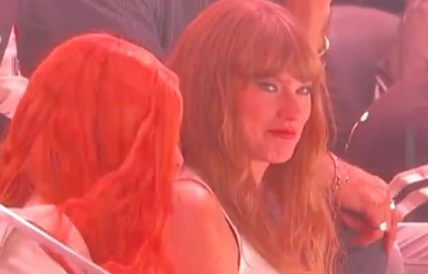
As a student who is in their 5th year at East Rockaway Junior High School, junior year is the first year I’ve been able to choose my own science class. This is true for most students here; once you reach junior year (assuming you’ve passed all prior science courses), you are given plenty of options to choose from to fill your interests. Some of these include Physics, Science Research, Marine Biology/Forensic Science, SUPA Psychology, Anatomy & Physiology/EMT, AP Physics, AP Biology, and AP Environmental Science. This year, my choice was AP Environmental Science, also known as APES. I heard so many great things about the course from other students including the interactive projects, interesting materials, fun field trips, and the bonds that you make throughout the year with your classmates and teacher. I was definitely looking forward to a great year in APES.
College Board describes AP Environmental Science as, “designed to engage students with the scientific principles, concepts, and methodologies required to understand the interrelationships within the natural world. Environmental science is interdisciplinary, embracing topics from geology, biology, environmental studies, environmental science, chemistry, and geography.” It is designed to be equivalent to a one-semester, introductory college course in environmental science. You are able to gain college credit based on the score (1-5) that you get on the AP Exam. This allows you to have the experience of taking a college level course while in high school.
For APES here at ERHS, it was the teacher, Mr. Crowley, who sparked my interest in Environmental Science during freshman year Earth Science. In this class, Mr. Crowley always made the class as fun as possible as well as preparing us greatly for the upcoming regents exam. Now in APES, he is consistently making us better understand the challenging course material. He knows his stuff and presents the curricula in interesting and engaging ways. Each month, we present a current events topic to the class that is relevant to environmental science. This fun activity allows us to deep dive into numerous science concepts that will be relevant throughout the entire year and future topics. Even though some of the concepts that we learn may be difficult, we partake in many labs and projects that help us further comprehend the course information. Class discussions include going over the units that we study, talking about real life situations, and answering questions based on the content. The multiple choice questions are similar to other AP questions in which you are given a stimulus and are expected to understand some of the key topics that will help assess your understanding. They are challenging questions, but as long as you study and stay on pace for the year, you can understand most of the information.
Now onto the AP Exam: The exam is 2 hours and 40 minutes long and includes 80 multiple-choice questions and 3 free-response questions. Both sections of the exam test your knowledge on the 9 units that you study up until the AP exam. While this is meant to be a challenging assessment, students can be successful when they’ve studied hard and had the support of teachers like Mr. Crowley.
Overall, even though I am only half way through the APES course, I am looking forward to the rest of the year. My classmates and I can agree that AP Environmental Science has fueled our interest and understanding of the environment. We are constantly learning things that we can do individually to help the environment. The workload is very challenging, but manageable for the students and we definitely find ways to have fun, even during a strenuous AP course. I highly recommend AP Environmental Science for future students to study.




























